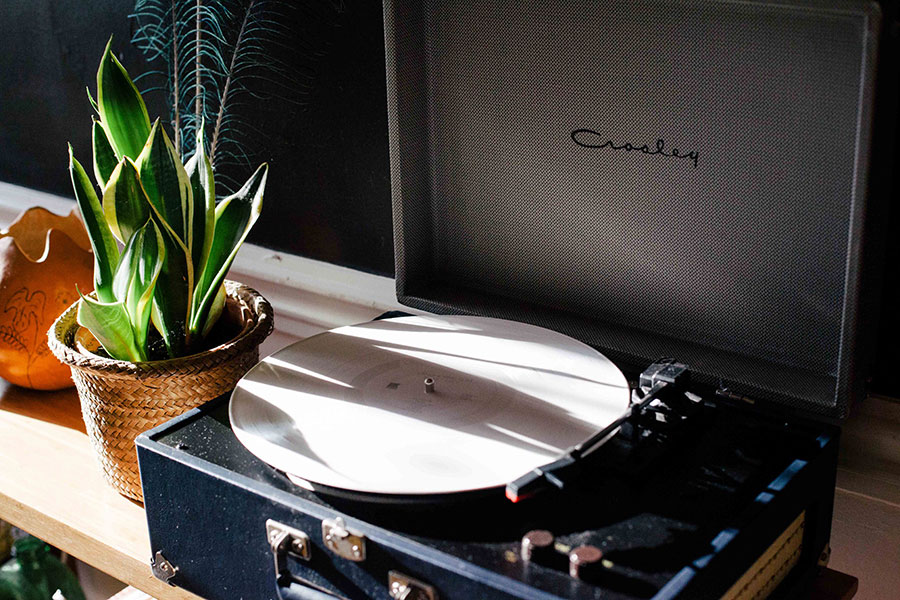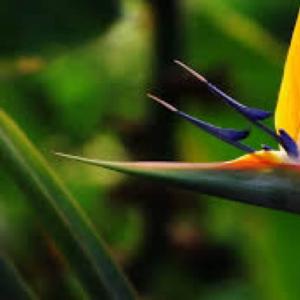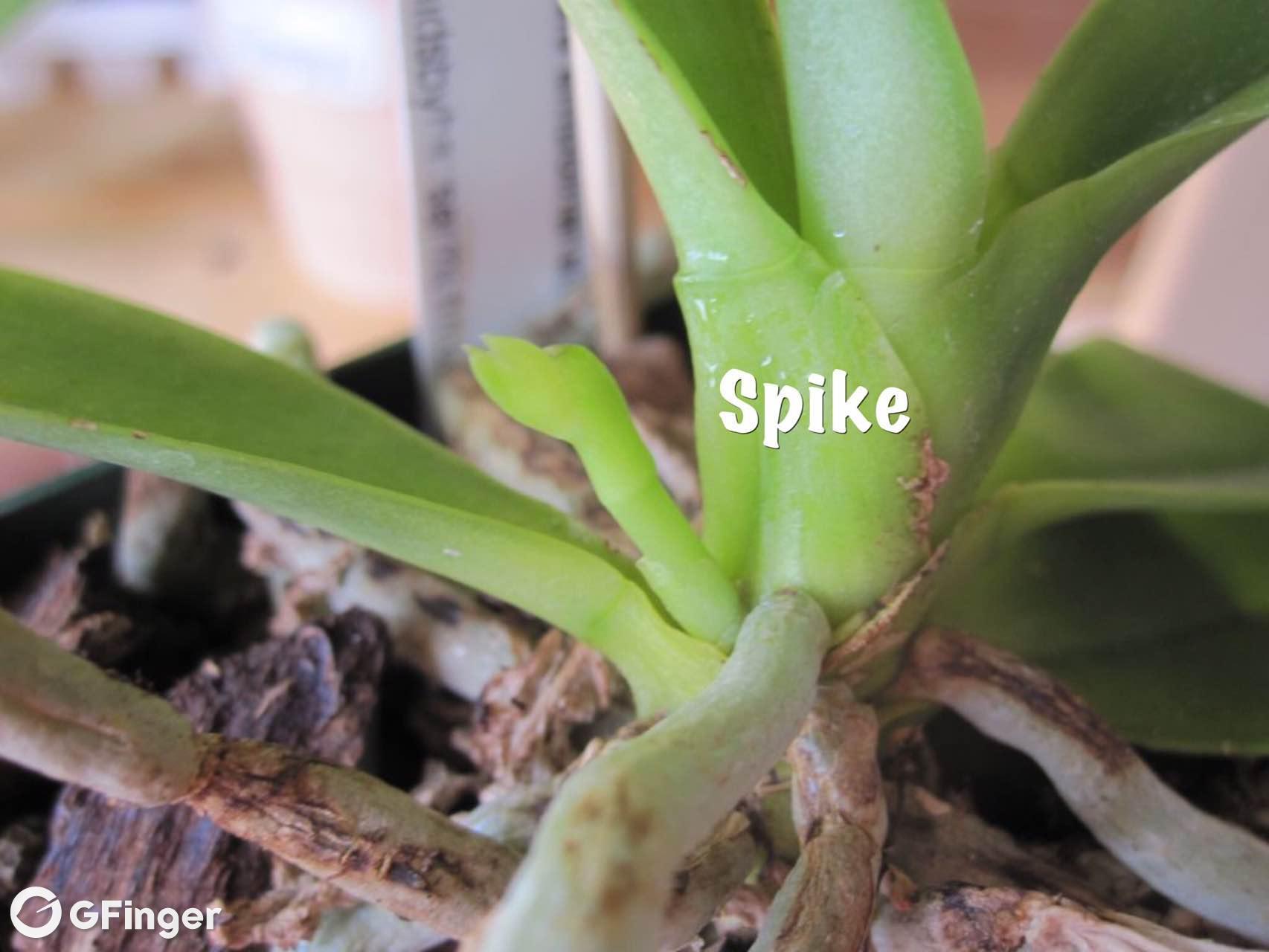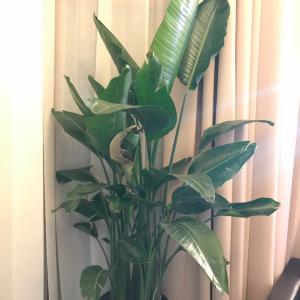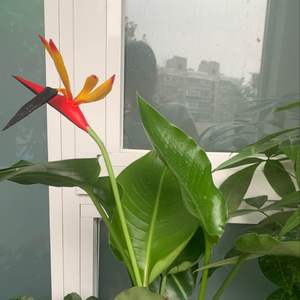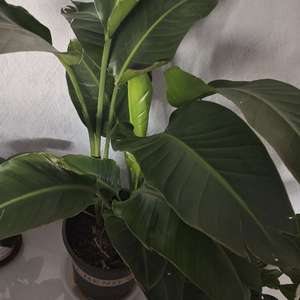动态 (184)
Rainbow
2017年05月21日

#三叶草 耐寒性强,气温降至0℃时部分老叶枯黄,主根上小叶紧贴地面,停止生长,但仍保持绿色。因此,绿期很长。对土壤要求不严,可适应各种土壤类型,在偏酸性土壤上生长良好。
三叶草喜温暖、向阳、排水良好的环境条件。干旱情况下生长缓慢,高温季节有部分枯死现象 。耐修剪、耐践踏,再生能力强,修剪后10d内可长出更新小叶。高强度践踏或碾压后,3~ 5d即可恢复。在强遮荫的情况下易徒长,造成生长不良。抗有害气体污染和抗病虫害能力强。

三叶种子细小,播种前要细致整地。首先要进行深耕,清除树桩、建筑垃圾、草根等杂物。庭院的草坪建植常常是在建筑完工后进行的。因此,场地有水泥、沙石、灰浆、砖头、瓦块、装饰材料的废弃物等,这些杂物必须清除,并用园土回填。其次要进行土壤处理, 消灭杂草。经过深耕清理后,草根和营养繁殖体大部分已除去,但是杂草种子和部分营养体 还在土内,条件适宜时,杂草 种子又会萌发,对草坪形成危害。因此,对坪床要进行土壤处理。若工期不紧,可浇水后等杂草长出进行灭生防除。若工期较紧,可采用土壤熏蒸法结合土壤消毒进行杂草种子处理。白三叶苗期生长缓慢,易受杂草危害,土壤处理非常重要。第 三要进行浅耕,结合浅耕施入有机肥或复合肥。第四要进行耙磨,精细整地,使坪床平整光 滑,为播种创造条件。

三叶种子细小,播种前要细致整地。首先要进行深耕,清除树桩、建筑垃圾、草根等杂物。庭院的草坪建植常常是在建筑完工后进行的。因此,场地有水泥、沙石、灰浆、砖头、瓦块、装饰材料的废弃物等,这些杂物必须清除,并用园土回填。其次要进行土壤处理, 消灭杂草。经过深耕清理后,草根和营养繁殖体大部分已除去,但是杂草种子和部分营养体 还在土内,条件适宜时,杂草 种子又会萌发,对草坪形成危害。因此,对坪床要进行土壤处理。若工期不紧,可浇水后等杂草长出进行灭生防除。若工期较紧,可采用土壤熏蒸法结合土壤消毒进行杂草种子处理。白三叶苗期生长缓慢,易受杂草危害,土壤处理非常重要。第 三要进行浅耕,结合浅耕施入有机肥或复合肥。第四要进行耙磨,精细整地,使坪床平整光 滑,为播种创造条件。
文章
Rainbow
2017年05月21日

#珍珠吊兰 因由一串串鼓鼓的、饱满翠绿的椭圆形小叶子组成而又名翡翠珠、情人泪、佛珠吊兰、翡翠珠、绿之铃、绿铃。花期一般是当年的12月至翌年1月。
珍珠吊兰性喜富含有机质的、疏松肥沃的土壤。在温暖、空气湿度较大、强散射光的环境下生长最佳。夏季应避免高温、高湿,否则极易烂茎死亡,可将盆花置于防雨荫蔽内栽培,入秋后,植株恢复生长,应增加光照,并追施液肥。

珍珠吊兰在栽培中注意以下几点即可生长良好: 1、由于叶肉质,多汁,故耐旱。栽培中浇水应宁干勿湿,这是成功的关键之一。天气干燥时可以多向叶、蔓喷水以弥补水分的不足,保持珠体的青翠饱满。较喜半阴,暴晒可能灼伤珠体,光线过弱则生长不强。 2、植株根系很浅,可浅盆栽植。一般用瓦片垫底孔,并铺上一层煤渣或粗沙以增加透气和滤水性(尤其是现在常用的塑料盆栽植的情况下),土壤最好用腐叶土 (秋冬树木的落叶拌入一定量的碎土露於阎冒肽曛烈荒昙纯捎?拌入一定沙子(土、沙比约为1:3左右)。 3、性喜温暖湿润,较耐寒(江淮地区栽培时可耐0℃的低温),耐高温,最适温度为20℃~28℃左右。高温和低温时都生长缓慢,尤其是30℃以上的高温环境中几乎休眠,应少浇水施肥,否则易烂根--这也是栽培成功的关键之一。 4、生长旺盛的春秋季应"薄肥勤施",常在叶面喷施1-3‰的氮肥和磷酸二氢钾有利于使珠体更加翠绿肥大,提高观赏价值。 5、很少有病虫害,春季蚜虫是其一,及时抹去或喷1500倍氧化乐果杀灭;夏秋季的螨虫为次,需用1000倍三氯杀螨醇杀灭。注意通风和增加叶面湿度,可减少感染螨虫。 6、珍珠吊兰可扦插繁殖。枝蔓极易生气生根,可于春秋剪下几节,一半埋入沙子或疏松的土中,保持湿润但不积水,很快就会生根以供栽植 (春秋季约半月,而冬夏则不易生根,遇盆株不够均匀丰满却生长过长的情况时,就可以采用这种措施予以弥补。)

珍珠吊兰在栽培中注意以下几点即可生长良好: 1、由于叶肉质,多汁,故耐旱。栽培中浇水应宁干勿湿,这是成功的关键之一。天气干燥时可以多向叶、蔓喷水以弥补水分的不足,保持珠体的青翠饱满。较喜半阴,暴晒可能灼伤珠体,光线过弱则生长不强。 2、植株根系很浅,可浅盆栽植。一般用瓦片垫底孔,并铺上一层煤渣或粗沙以增加透气和滤水性(尤其是现在常用的塑料盆栽植的情况下),土壤最好用腐叶土 (秋冬树木的落叶拌入一定量的碎土露於阎冒肽曛烈荒昙纯捎?拌入一定沙子(土、沙比约为1:3左右)。 3、性喜温暖湿润,较耐寒(江淮地区栽培时可耐0℃的低温),耐高温,最适温度为20℃~28℃左右。高温和低温时都生长缓慢,尤其是30℃以上的高温环境中几乎休眠,应少浇水施肥,否则易烂根--这也是栽培成功的关键之一。 4、生长旺盛的春秋季应"薄肥勤施",常在叶面喷施1-3‰的氮肥和磷酸二氢钾有利于使珠体更加翠绿肥大,提高观赏价值。 5、很少有病虫害,春季蚜虫是其一,及时抹去或喷1500倍氧化乐果杀灭;夏秋季的螨虫为次,需用1000倍三氯杀螨醇杀灭。注意通风和增加叶面湿度,可减少感染螨虫。 6、珍珠吊兰可扦插繁殖。枝蔓极易生气生根,可于春秋剪下几节,一半埋入沙子或疏松的土中,保持湿润但不积水,很快就会生根以供栽植 (春秋季约半月,而冬夏则不易生根,遇盆株不够均匀丰满却生长过长的情况时,就可以采用这种措施予以弥补。)
文章
Rainbow
2016年12月27日

#phalenopsis-orchids #moth-Orchids-care
1. Find the Perfect Location
Finding an area that receives bright, indirect light. A moderately bright windowsill or similar spot would be perfect. Phals grow beautifully in an east window and can be grown in a south or west window if protected by a sheer curtain.
PS:The color of the phal’s leaves is a good light indicator – if they are olive green then the plant is getting enough light, if they are darker it means it is not getting enough light.
2. Temperature Phals will thrive best in a room with a daytime temperature of around 75°F and night temperature of 65°F .95°F is the maximum temperature recommendation. Although occasional deviations will not harm your plant, this can be a problem when it is in bud – chilly temperatures may cause the plant to stop budding.
3. Watering The amount of water that your orchid needs depends mostly on the potting medium. Phals are usually grown in bark or moss, so if your orchid is potted in bark water once a week , if it is potted in moss, water when the top feels dry. Do not over-water.There are other factors that will determine your watering routine, like light and heat. For example, in the summer months the plant will need more frequent watering while in winter it will need less. Another thing to have in mind is that it is best to water your phal in the morning. Here is how the process should go: place the plant in the sink and use tepid water, let the water run through the plant for a minute or so and be sure to let the plant drain completely.
4. Humidity Humidity is very important for moth orchids. They ideally require a humidity level of 55-75%. So how to increase moisture around your orchids? Simple place a shallow tray filled with pebbles and water under your plant. Make sure the pot does not sit in water as this will rot the roots.
5. Feeding First rule about feeding your phal –do not over do it! Good results may be obtained by using any balanced orchid fertilizer. Feed your plant weekly. Once a month, use clear water to flush any accumulated salts from the potting mix.
6. Flowering One of the things that makes Phals so popular is surely their blooming period which can last from 2 to 6 months. They are one of the longest blooming orchids. Phalaenopsis have also been known to bloom 2 to 3 times per year once they have reached a mature size. When the blooming period is over, don’t throw away your orchid because with just a little care it will flower again.
7. Care After Blooming When all the pretty flowers fall out of your phal’s stem there are three options to consider leave the flower spike intact, cut it back to a node, or remove it entirely. If you leave it intact, it may produce new blooms from the tips. If you cut it back it may produce a new flower spike where you made the cut. If the existing stem starts to turn brown or yellow,hen remove it entirely. You can also trick your plant into bloom by placing it a cooler area where the night temperature is slightly lower, about 55°F. Once a bloom spike appears, return your orchid to its normal setting.
8. Repotting As we said Phals are long term bloomers and will be in bloom for most of the year. When the flowers fall off, it is a good chance to repot your plant. It will be the best if this happens in spring or fall as the temperatures are mild and you will avoid unnecessary shock for the plant. Make sure you use a top quality orchid mix for repotting. Water sparingly until new roots are well established because a good root system ensures blooming.
9.Bud Blast Bud blast is the main reason why some people think Phals are hard to maintain. Yes, it does happen – buds dry up and drop off the plants without ever opening. But there is always a reason for this and if you make sure you have everything right, you can avoid this. Some of the factors for bud blast are high room temperature, very low light, too much watering, too much fertilizer , using softened water etc. Your orchids love clean air! Exposure to smoke from an open fire, cigars, cigarettes, paint fumes and even old fruit (which exudes ethylene) can cause wilting and bud drop.

2. Temperature Phals will thrive best in a room with a daytime temperature of around 75°F and night temperature of 65°F .95°F is the maximum temperature recommendation. Although occasional deviations will not harm your plant, this can be a problem when it is in bud – chilly temperatures may cause the plant to stop budding.

3. Watering The amount of water that your orchid needs depends mostly on the potting medium. Phals are usually grown in bark or moss, so if your orchid is potted in bark water once a week , if it is potted in moss, water when the top feels dry. Do not over-water.There are other factors that will determine your watering routine, like light and heat. For example, in the summer months the plant will need more frequent watering while in winter it will need less. Another thing to have in mind is that it is best to water your phal in the morning. Here is how the process should go: place the plant in the sink and use tepid water, let the water run through the plant for a minute or so and be sure to let the plant drain completely.

4. Humidity Humidity is very important for moth orchids. They ideally require a humidity level of 55-75%. So how to increase moisture around your orchids? Simple place a shallow tray filled with pebbles and water under your plant. Make sure the pot does not sit in water as this will rot the roots.

5. Feeding First rule about feeding your phal –do not over do it! Good results may be obtained by using any balanced orchid fertilizer. Feed your plant weekly. Once a month, use clear water to flush any accumulated salts from the potting mix.

6. Flowering One of the things that makes Phals so popular is surely their blooming period which can last from 2 to 6 months. They are one of the longest blooming orchids. Phalaenopsis have also been known to bloom 2 to 3 times per year once they have reached a mature size. When the blooming period is over, don’t throw away your orchid because with just a little care it will flower again.

7. Care After Blooming When all the pretty flowers fall out of your phal’s stem there are three options to consider leave the flower spike intact, cut it back to a node, or remove it entirely. If you leave it intact, it may produce new blooms from the tips. If you cut it back it may produce a new flower spike where you made the cut. If the existing stem starts to turn brown or yellow,hen remove it entirely. You can also trick your plant into bloom by placing it a cooler area where the night temperature is slightly lower, about 55°F. Once a bloom spike appears, return your orchid to its normal setting.

8. Repotting As we said Phals are long term bloomers and will be in bloom for most of the year. When the flowers fall off, it is a good chance to repot your plant. It will be the best if this happens in spring or fall as the temperatures are mild and you will avoid unnecessary shock for the plant. Make sure you use a top quality orchid mix for repotting. Water sparingly until new roots are well established because a good root system ensures blooming.

9.Bud Blast Bud blast is the main reason why some people think Phals are hard to maintain. Yes, it does happen – buds dry up and drop off the plants without ever opening. But there is always a reason for this and if you make sure you have everything right, you can avoid this. Some of the factors for bud blast are high room temperature, very low light, too much watering, too much fertilizer , using softened water etc. Your orchids love clean air! Exposure to smoke from an open fire, cigars, cigarettes, paint fumes and even old fruit (which exudes ethylene) can cause wilting and bud drop.
文章
相关用户


